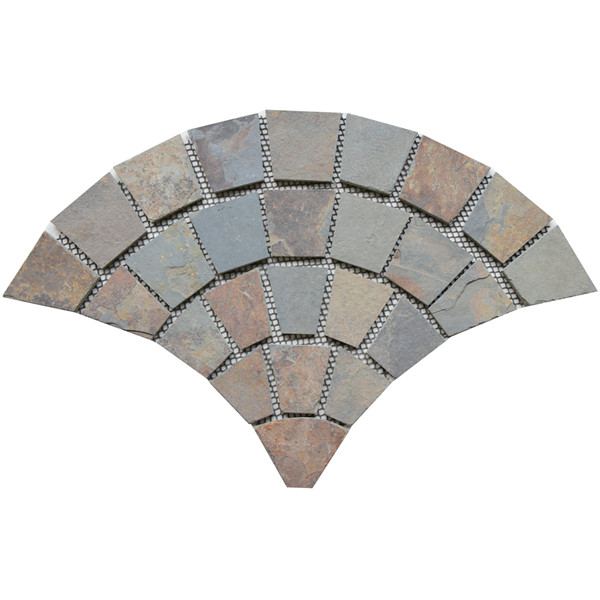Introduction
In the world of construction and architecture, the use of precast cultured stone has been gaining popularity due to its versatility, durability, and aesthetics. This innovative building material provides a cost-effective alternative to natural stone while offering a wide range of design options for creating stunning facades, walls, and other architectural elements. In this comprehensive guide, we will explore the beauty and benefits of precast cultured stone, including its composition, manufacturing process, applications, and environmental impact.
Composition of Precast Cultured Stone
Precast cultured stone, also known as manufactured stone veneer, is a man-made building material designed to mimic the look and feel of natural stone. It is composed of a mixture of Portland cement, aggregates, and iron oxide pigments that are poured into molds to create a variety of shapes, textures, and colors. The use of iron oxide pigments allows for customization of the stone's color to match the desired aesthetic of the project.
Manufacturing Process
The manufacturing process of precast cultured stone involves several stages to ensure a high-quality final product. The process begins with the creation of molds that are designed to replicate the desired shape and texture of the stone. The cement, aggregates, and pigments are then mixed together in precise proportions and poured into the molds.
Once the mixture has been poured, it is left to cure and harden, typically for a period of 7-14 days depending on the specific product and environmental conditions. After curing, the precast cultured stone is removed from the molds and undergoes a finishing process to enhance its appearance and texture. This may include sandblasting, acid washing, or other techniques to achieve the desired finish.
Applications of Precast Cultured Stone
Precast cultured stone can be used in a wide range of applications in both residential and commercial construction projects. Some common applications include:
1. Exterior Cladding: Precast cultured stone is often used as a decorative cladding material for exterior walls, facades, and entryways. Its lightweight nature makes it easy to install and can be applied to various substrates such as wood, metal, or concrete.
2. Interior Walls: Cultured stone can also be used to create stunning interior walls, accent walls, and fireplace surrounds. The variety of textures and colors available allow for endless design possibilities to enhance the aesthetic of any space.
3. Landscaping: Precast cultured stone can be used to create beautiful landscaping features such as retaining walls, garden borders, and decorative pillars. Its durability and weather resistance make it an ideal choice for outdoor applications.
4. Architectural Elements: Cultured stone can be used to create architectural elements such as columns, arches, and cornices to add character and charm to a building's design.
5. Water Features: The versatility of precast cultured stone makes it an excellent choice for creating water features such as fountains, ponds, and waterfalls. Its ability to withstand water exposure and harsh weather conditions makes it a durable option for outdoor installations.
Benefits of Precast Cultured Stone
There are numerous benefits to using precast cultured stone in construction projects, including:
1. Cost-Effective: Precast cultured stone is a more affordable alternative to natural stone, making it an attractive option for budget-conscious projects. Its lightweight nature also reduces installation costs and labor expenses.
2. Variety of Designs: Cultured stone is available in a wide range of textures, colors, and shapes, allowing for endless design possibilities to suit any architectural style or aesthetic preference.
3. Lightweight and Easy to Install: Precast cultured stone is lightweight compared to natural stone, making it easier to transport, handle, and install. This can result in faster installation times and reduced labor costs.
4. Durable and Weather-Resistant: Cultured stone is highly durable and able to withstand harsh weather conditions, making it suitable for both interior and exterior applications. It is also resistant to fading, chipping, and cracking over time.
5. Low Maintenance: Precast cultured stone requires minimal maintenance compared to natural stone, requiring only periodic cleaning to maintain its appearance. This can save time and money on upkeep over the life of the product.

6. Sustainable and Eco-Friendly: The manufacturing process of precast cultured stone produces less waste and consumes fewer natural resources compared to natural stone. Additionally, some manufacturers offer recycled content options, further reducing the environmental impact of the material.
Environmental Impact
In recent years, there has been a growing emphasis on sustainable building practices and environmentally friendly materials. Precast cultured stone offers several environmental benefits that make it a sustainable choice for construction projects:
1. Reduced Carbon Footprint: The manufacturing process of precast cultured stone produces lower carbon emissions compared to natural stone extraction and processing. This helps to reduce the overall carbon footprint of a project and contributes to lower greenhouse gas emissions.
2. Energy Efficiency: Cultured stone is an energy-efficient material that helps to insulate buildings and reduce heating and cooling costs. Its thermal properties can help improve the energy efficiency of a structure, resulting in lower energy consumption over time.
3. Recyclable and Reusable: Precast cultured stone can be recycled and reused in other construction projects, reducing the amount of waste sent to landfills. This promotes a circular economy and helps conserve natural resources.
4. Sustainable Sourcing: Some manufacturers of precast cultured stone offer products with recycled content or source materials from sustainable and ethical suppliers. This ensures that the material is produced in an environmentally responsible manner.
Conclusion
Precast cultured stone is a versatile and cost-effective building material that offers numerous benefits for construction projects. Its ability to mimic the look and feel of natural stone, combined with its durability, low maintenance, and environmental advantages, make it an attractive choice for architects, designers, and builders. Whether used for exterior cladding, interior walls, landscaping, or architectural elements, precast cultured stone provides endless design possibilities to enhance the aesthetic appeal of any structure. By incorporating precast cultured stone into their projects, construction professionals can achieve stunning results while also promoting sustainability and environmental stewardship in the building industry.
